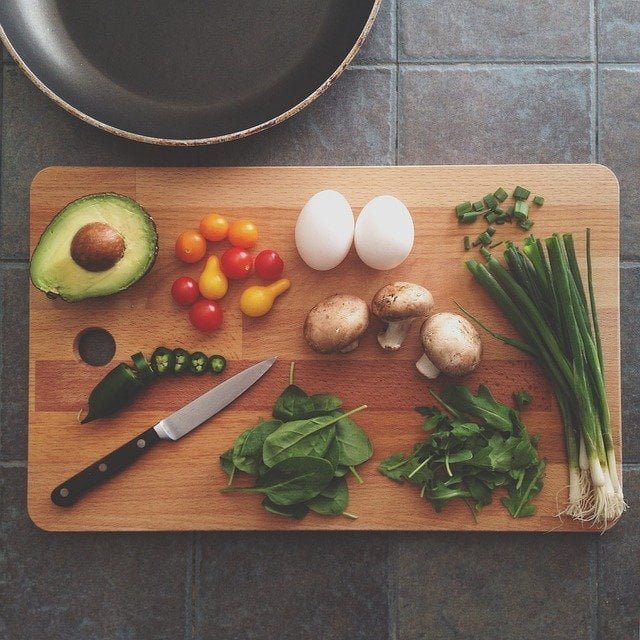
The do’s and don’ts of healthy cooking
The do’s and don’ts of healthy cooking
Healthy eating isn’t just about the ingredients you choose. It also has to do with how you prepare your food. Focusing on healthy cooking methods helps food retain more nutrients and release fewer toxins than deep frying or blackening food.
The do’s and don’ts of clean eating
Whether you’re turning on the grill or quick-frying on the stove, the way you choose to cook your food greatly affects its nutritional value. So before you break your apron, consider the do’s and don’ts of this food preparation and cooking method.
Act:
- Choose fruits and vegetables: No matter how you cook — or not — your food, fruits and vegetables provide important vitamins, minerals, and cancer-fighting chemicals. If you use the grill, the product is your safest bet because it contains no protein (muscle) or fat, both of which mutate under open flames and produce cancer-causing chemicals.
- Use the microwave: Light cooking retains most of the nutrients. So steam or microwave cooking with minimal water can help preserve nutrients. You can also use a steamer or microwave to pre-cook meat, fish, and poultry, and then gently buff them on the grill.
- Choose lean: When fat drips into the grill during cooking, the resulting flame coats your food with polycyclic hydrocarbons (PAHs), toxic chemicals linked to cancer. To reduce your exposure to PAHs, start with lean cuts of meat and poultry and always cut back on the fat before putting protein on the grill.
- Remove the charcoal: Before you dig into your food, remove the charred edges. When you’re done cooking, clean the grill to get rid of charred pieces sticking to the surface.
Don’t:
- Use Low Temperature Oils: Not all oils are created equal. Always stay away from oils high in saturated or trans fats, including all hydrogenated oils and coconut oil. Then select the oil based on the smoke point (the temperature at which the oil will begin to burn): Oils with higher smoke points, such as avocado and canola, are suitable for cooking. Low smoke point oils, such as olive and walnut oils, are best used in salad dressings and cooking at low temperatures and for drizzling over food before serving.
- Cooking food at high temperatures: Cooking food at high temperatures , especially over direct or open flames, produces cancer-causing chemicals called heterocyclic amines (HCAs). If possible, place briquettes on the sides of the grill instead of in the center. Cook the meat over low heat (below 325 degrees) for a longer period of time, turning it frequently to prevent charring. You can even put the meat in tin foil to prevent the juices from dripping into the hot coals.
- Overcooking : No matter how you cook it, overcooked food usually contains fewer nutrients. To get more nutrients, reduce the amount of heat, time, and water you use, especially for foods rich in water-soluble vitamins (like peppers, carrots, and leafy greens).
- Fry your food: Frying food can double or quadruple the amount of fat and calories on your plate. White fish, for example, has only 25 calories per ounce when it’s baked or grilled. But when it’s breaded or fried, the calories can jump as high as 400.
healthy cooking techniques
The key to cooking healthy – and delicious – food is finding ways to enhance flavor while retaining nutrition.
Some healthy cooking methods:
- Baking: This method does not require additional fat or moisture, which helps retain nutrients.
- Cooking: Cooking begins by browning the food on the stove, then adding the liquid and cooking over a low heat. The remaining liquid makes a great sauce or gravy.
- Grilling: While grilling exposes food to direct heat, using a lower setting can help reduce smoke.
- Poaching: Poaching involves boiling food in a tasty liquid, such as broth, wine, or fresh juices.
- Roasting: Another dry heat option that emphasizes slow, low cooking.
Do you want to try other methods? A variety of innovative kitchen gadgets can help. From spiral blenders and vegetables to electric pressure cookers and air fryers, healthy cooking can be quick and easy, too.



